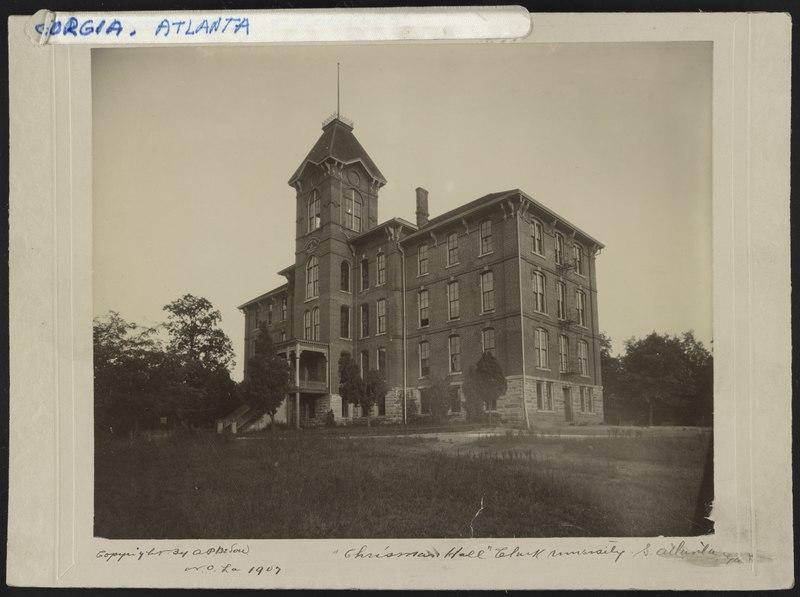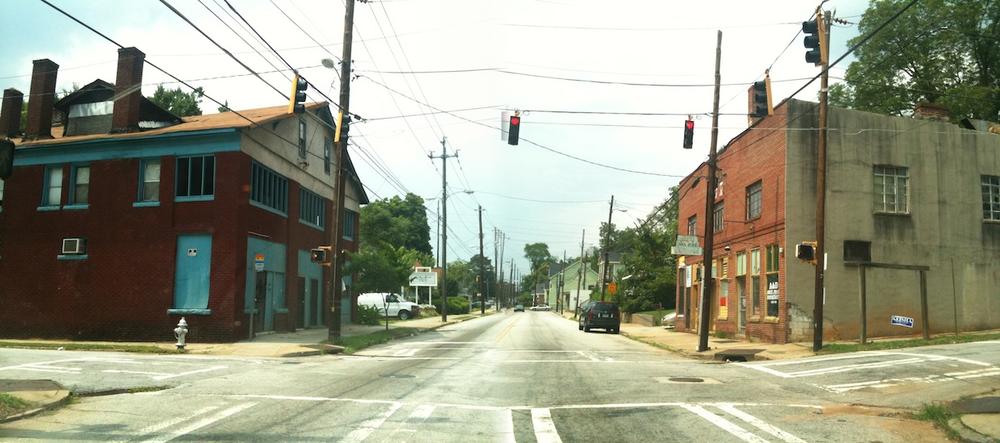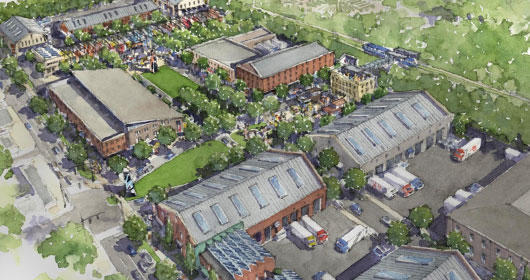Section Branding
Header Content
What's In A Name? | Pittsburgh
Primary Content
Places in Atlanta are often related to other places around Atlanta, but today we look at a neighborhood with a northern namesake.
We're telling the story behind a southern suburb called Pittsburgh.
Rickey Bevington tells the story of an old Atlanta neighborhood named Pittsburgh.
Pittsburgh is just southwest of downtown, within walking distance of popular Atlanta landmarks like Grant Park and the Atlanta Zoo. Its street cars, repair shops and trucking terminals lent the area an industrial look that recalled the steel mills of Pittsburgh, Pennsylvania.
The community, like nearby Mechanicsville and Peoplesville, was primarily working class black Atlantans. It set itself apart by hosting several educational institutions. Clark University (which later merged with another Atlanta school to form Clark Atlanta University) and several small theological seminaries called Pittsburgh home in the early 1900s. At this time, McDaniel Street, a prominent thoroughfare in the area, was filled with black-owned businesses. These local shops not only supported the neighborhood economically, but bolstered community spirit.
In the 1960s, "white flight," an exodus of white residents to the suburbs, led to depreciating home values in Pittsburgh. Crime rose and people abandoned their homes in droves. For the next fifty years, the neighborhood and its reputation took a sharp downhill turn.
In 2012, it drew national attention after the beating of 20-year-old Brandon White. The hate crime took place on McDaniel Street, the very avenue that had been filled with thriving local businesses just decades before. In 2014, Atlanta Journal Constitution reporter Bill Torpy found 75% of homes vacant in certain areas of the community. Studies from the time estimated about one-third of homes in the entire neighborhood were abandoned. In 2016, there were only 3,500 residents in Pittsburgh--less than half of its population in 1970.
But Pittsburgh's luck may have turned. Low real estate prices have attracted developers and house flippers, with the district's appeal enhanced by its spot on the National Registry of Historic Places.
In 2006, the Annie E. Casey Foundation purchased property in Pittsburgh "with a vision to develop an economic catalyst in an area where living-wage jobs and economic opportunities are scarce." After more than a decade of planning, the project broke ground in March 2018. According to Curbed Atlanta, the revitalization project, which involves a partnership with the Atlanta Beltline, is focused on fostering entrepreneurial growth and rebuilding the community from within.
With any luck, Pittsburgh will once again be supported by the kinds of local businesses that populated McDaniel Street more than fifty years ago.



